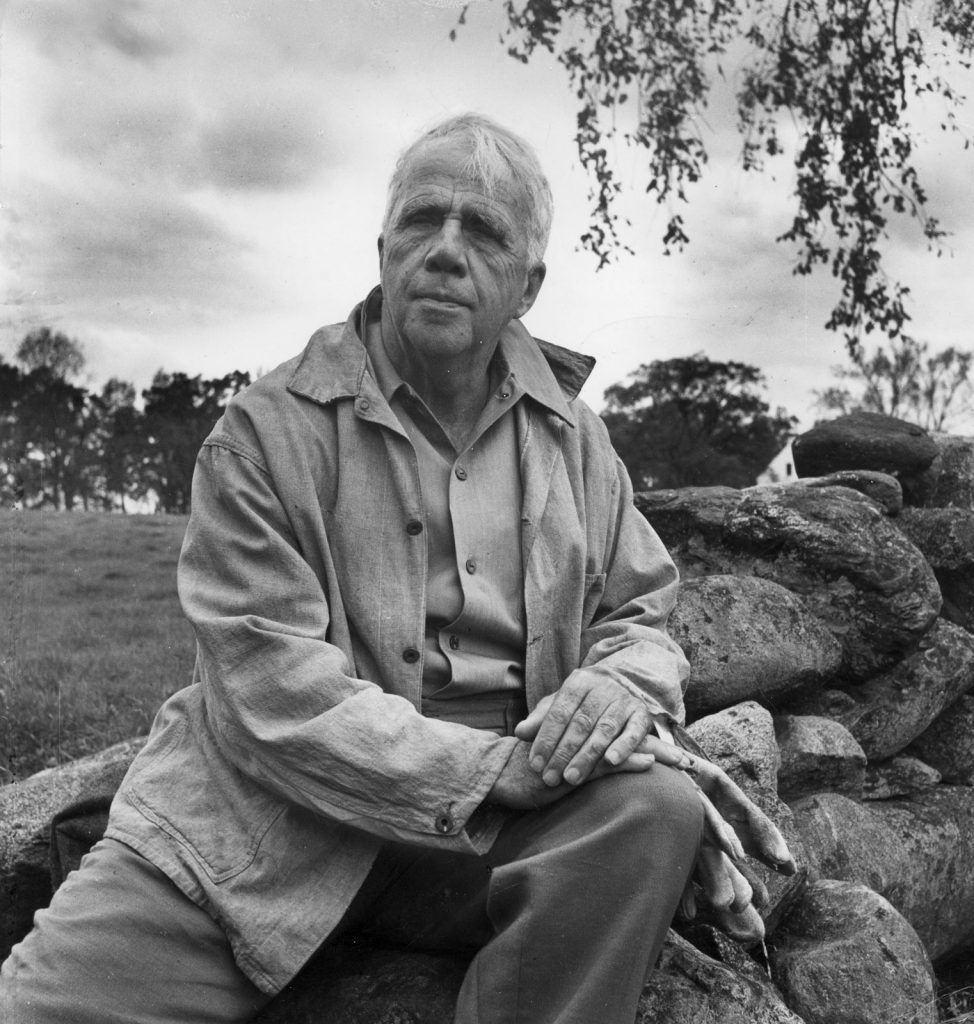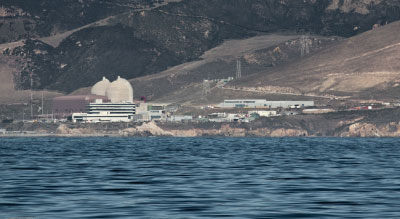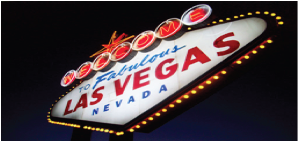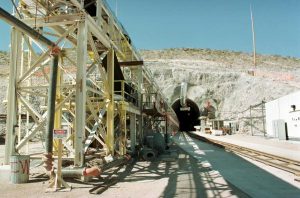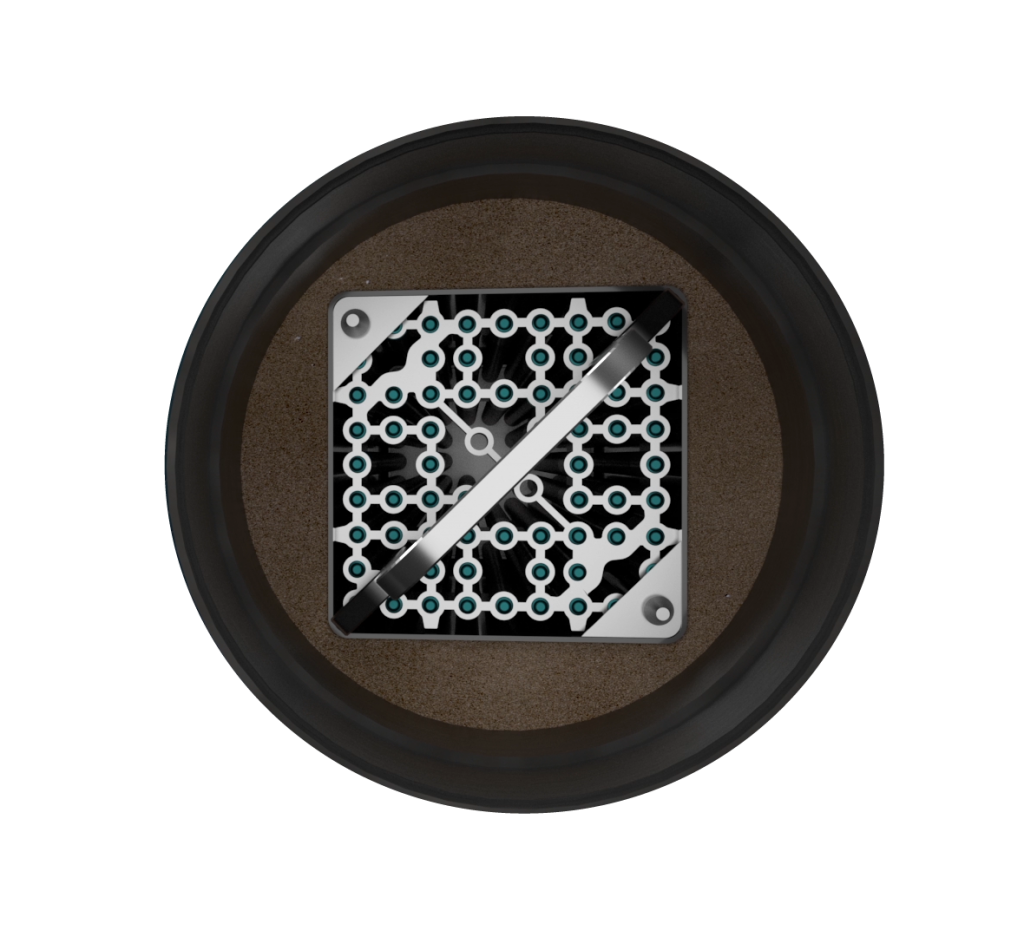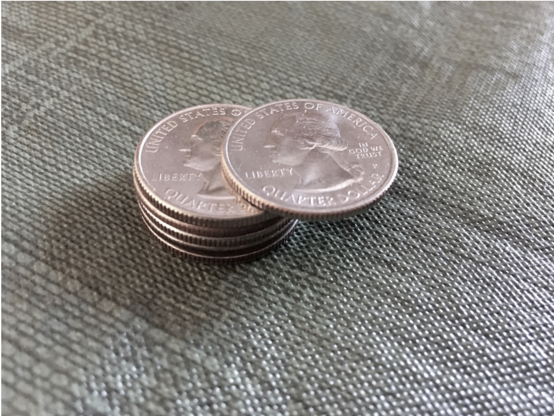Governments worldwide have spent decades trying to solve the problem of how to dispose of nuclear waste.
Of the 31 countries that have or have had nuclear reactors, there is not a single open and operating mined repository for spent nuclear fuel, and only a handful have attained sustained progress. There are many reasons the solutions are elusive but cost and community mistrust are common obstacles.
Every nuclear country grappling with this issue has its own unique challenges; it is only through one-on-one partnerships that Deep Isolation can learn how to best apply its solution to a country’s needs.
Foundation Study, the First Step
During a Deep Isolation Foundation Study, our experts work with clients to evaluate the suitability of horizontal boreholes for their specific situation. In fact, we just announced we’ve signed our first non-government contract to study the feasibility of this for an advanced nuclear power plant scenario. Because each situation is different, our study examines everything from individual waste streams to suitable regional geology and provides a cost-benefit analysis. We aim to paint a complete picture while following well-established international safety best practices of how storage or disposal can be achieved.

A Foundation Study can include:
- A technical investigation to evaluate different options from an engineering and geological perspective;
- Detailed information on country-specific nuclear waste needs, relevant communities, and the regulatory environment;
- Legal, business and financing expertise;
- Project management system expertise;
- Stakeholder relations and public information expertise.
The Foundation Study is the first stage in our cautious and stepwise approach. It will provide a thorough snapshot of what nuclear waste disposition in a horizontal borehole entails. Then the client will be able to make an informed decision about proceeding to the second step, operational readiness. At this stage, we will provide a more in-depth site characterization, including exploring whether the geology is suitable and engaging with the community. A first Foundation study can lead to many other small studies before moving to operational readiness, but these studies are essential to begin understanding if horizontal borehole disposal will work in a specific country and geology.
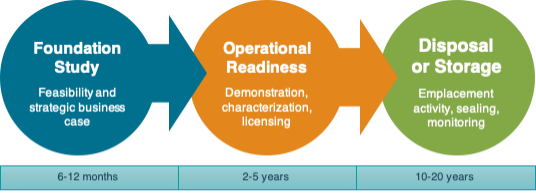
Innovation Backed by Engineering Expertise
Yes, we acknowledge that we are an innovative and disruptive company, but that innovation is supported by the union of three well-established industries: Nuclear waste handling/engineering, oil and gas directional drilling, and applied sciences. We’re simply building upon our experience in these three mature industries and applying them in a new way.
As Director of Business Development I have spoken to many people in and around this industry. Whether it be government officials, waste management organization representatives or scientists, there is a common desire to solve this problem.
This mentality and desire is a hallmark of our work at Deep Isolation. The disposition of nuclear waste is not only important to those that work in the industry but is also important for the 7.8 billion people living on this planet. An issue this massive begs for a collaborative approach. There is a want, a need, and a desire to solve this problem, and this can only be achieved through partnership and collaboration with those involved.
Learn about the science supporting our proposed nuclear waste disposal solution in our recently published safety calculations technical report. You can also attend a May 12 webinar by the report author to learn more.

